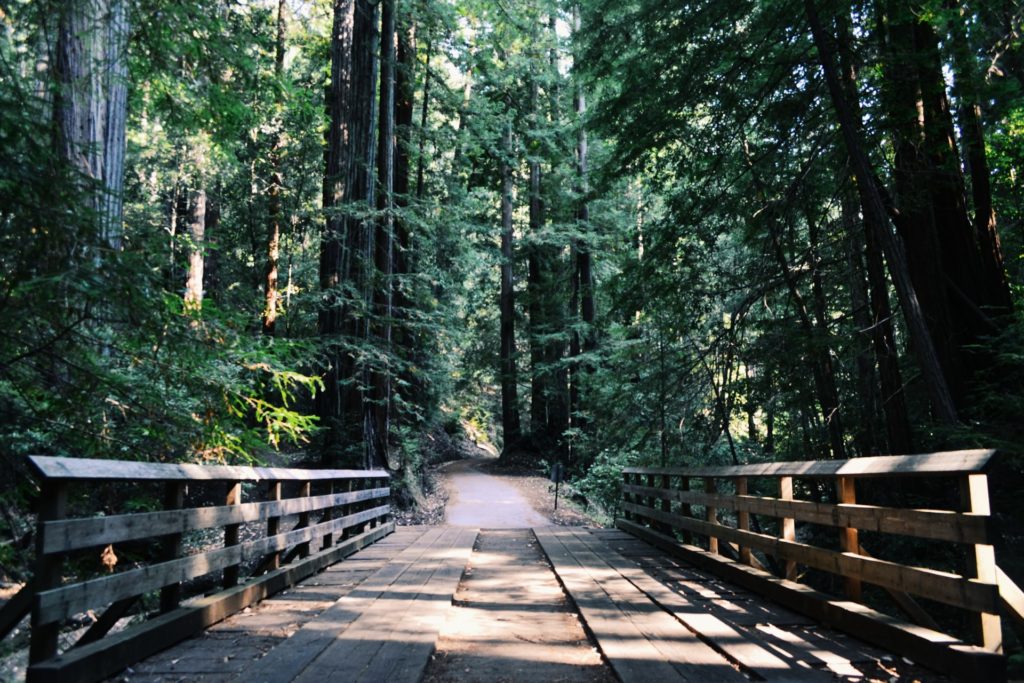The Great American Outdoors Act: A Game-Changer for Conservation
August 4th will forever be etched in the memories of conservationists as a historic day. On this day, President [Name] signed the Great American Outdoors Act (GAOA) into law, marking a significant milestone in environmental conservation. Many experts believe that this legislation is the most crucial since the establishment of the Land and Water Conservation Fund (LWCF) in 1964.
The signing of the GAOA has garnered praise from various stakeholders in the conservation community. Amy Roberts, Senior Director at The North Face, expressed her support, stating, “Local park districts are in a prime position to utilize LWCF funding immediately. The full funding of LWCF is vital for ensuring that the $887 billion recreation economy becomes a driving force in our nation’s economic recovery strategy.”
Another advocate for the GAOA, Phil Francis, chair of the Coalition to Protect America’s National Parks, called it a “momentous occasion.”
Prior to the passing of the GAOA, numerous outdoor companies joined forces and submitted a letter to Congress, urging them to pass the bill. The letter highlighted the importance of these outdoor businesses in stimulating local economies, creating jobs, and providing Americans with the opportunity to enjoy the outdoors. The support of these companies underscores the significant impact the outdoor industry has on the nation’s economy.
The COVID-19 pandemic has taught us the value of outdoor recreation as a means of escape from daily stressors and a source of solace. Additionally, the economic repercussions of restricting outdoor activities can be devastating. Without access to public lands, the entire outdoor industry, comprising hundreds of thousands of jobs and billions of dollars, suffers.

The Land and Water Conservation Fund: An Essential Piece of the Puzzle
In order to understand the significance of the GAOA, it is essential to trace back the history of the Land and Water Conservation Fund (LWCF). The journey began in 1958 when a group of conservationists initiated efforts to create legislation that would safeguard public lands. This led to the formation of the Outdoor Recreation Resources Review Commission (ORRRC), which aimed to establish a national recreation program. However, due to funding constraints, the ORRRC struggled to achieve its goals.
In 1964, Congress enacted the LWCF to support the objectives of the ORRRC. Unlike other federal initiatives, the LWCF derived its funding from earnings generated by offshore oil and gas leasing, rather than taxpayer dollars. Over the years, the focus of the LWCF shifted towards addressing maintenance backlogs in national parks and public lands. Unfortunately, the fund has rarely received its intended annual allocation of $900 million, and more than $20 billion has been misallocated due to congressional decisions.
Despite these challenges, the LWCF’s State and Local Assistance Program has invested $4.4 billion into parks across the United States. This funding has enabled the development of outdoor recreation areas, making them accessible to people of all ages. This positive impact on local communities is a testament to the LWCF’s importance and the need for its full funding.

The Great American Outdoors Act Unveiled
The Great American Outdoors Act, introduced by Senator Cory Gardner in March 2020, encompasses two key components:
- The Restore Our Parks Act establishes the National Parks and Public Lands Legacy Fund, which allocates non-taxpayer funds of up to $9.5 billion from 2021-2025. These funds target priority repairs in national parks and other public lands, with distribution percentages as follows:
- National Park Service: 70%
- U.S. Forest Service: 15%
- U.S. Fish and Wildlife Service: 5%
- Bureau of Land Management: 5%
- Bureau of Indian Education Schools: 5%
- Fully and permanently funding the Land and Water Conservation Fund (LWCF) with $900 million annually. This fund is instrumental in acquiring, protecting, and enhancing public lands.
The passage of the GAOA signifies more than just financial support for national parks and public lands. It represents a transformative change that will benefit the environment, the economy, and individuals alike.

The Impact of the Great American Outdoors Act
The Great American Outdoors Act carries significant long-term economic implications, driving local tourism and enhancing visitor experiences in parks and public lands. The bill is estimated to create over 100,000 infrastructure-related jobs. California stands to benefit the most, with the potential for over 17,000 jobs, followed by rural states like Wyoming, with a possible 6,600 jobs. Even Virginia, with its diverse landscapes, could see 9,600 new jobs.
Currently, the National Park Service (NPS) faces a substantial backlog of maintenance projects, exceeding $11 billion. This includes deferred repairs on roads, buildings, utility systems, and other essential structures. The GAOA funding will address these issues, ensuring well-maintained facilities and enhancing visitor satisfaction.
The impact of the GAOA extends beyond the National Park Service. The U.S. Forest Service, responsible for managing and restoring national forests, will receive 15% of the funds. The U.S. Fish and Wildlife Service, known for their wildlife conservation efforts, will receive 5%. The Bureau of Land Management, managing vast areas of land in the United States, including popular camping spots, will also receive 5% of the funds. Lastly, the Bureau of Indian Education, focused on providing quality education to Native American communities, will benefit from the remaining 5%.

The Significance of GAOA
The GAOA’s passing carries invaluable significance for local communities, not just on a national scale. These funds will provide communities with the necessary resources to meet their recreation needs while preserving their water supplies, adapting to climate change, and striking a balance between development and conservation. Furthermore, the protection of historical sites will ensure future generations continue to benefit from and be educated about their cultural and natural heritage.
By preventing the sale of national parks to private entities, expanding trail networks, and improving playgrounds and ballfields, the GAOA aims to provide enhanced outdoor experiences for all. The bill not only safeguards our natural wonders but also ensures the sustainable operation of working forests and ranches, protecting them from unnecessary development.
With the passage of the Great American Outdoors Act, the nation can look forward to a strengthened outdoor industry, improved infrastructure, and increased employment opportunities. Whether you are a climber, hiker, hunter, or simply an outdoor enthusiast, this legislation marks a turning point in our collective ability to enjoy and preserve the great outdoors.








